Step into a world where time stands still and each page holds a whisper of history – welcome to the enchanting realm of antique books. In this journey of discovery, we delve deep into the captivating allure of antique books, uncovering the stories woven into their weathered pages and delicate bindings. From the ancient origins of bookbinding to the modern-day treasure hunts at estate sales and online auctions, the world of antique books is rich with intrigue and fascination. In this article, we embark on a quest to unveil the magic hidden within these literary relics, exploring their history, value, preservation techniques, and the art of collecting. So, prepare to be transported as we embark on a journey to unlock the secrets of antique books and unleash their timeless charm.
The Fascinating History of Antique Books
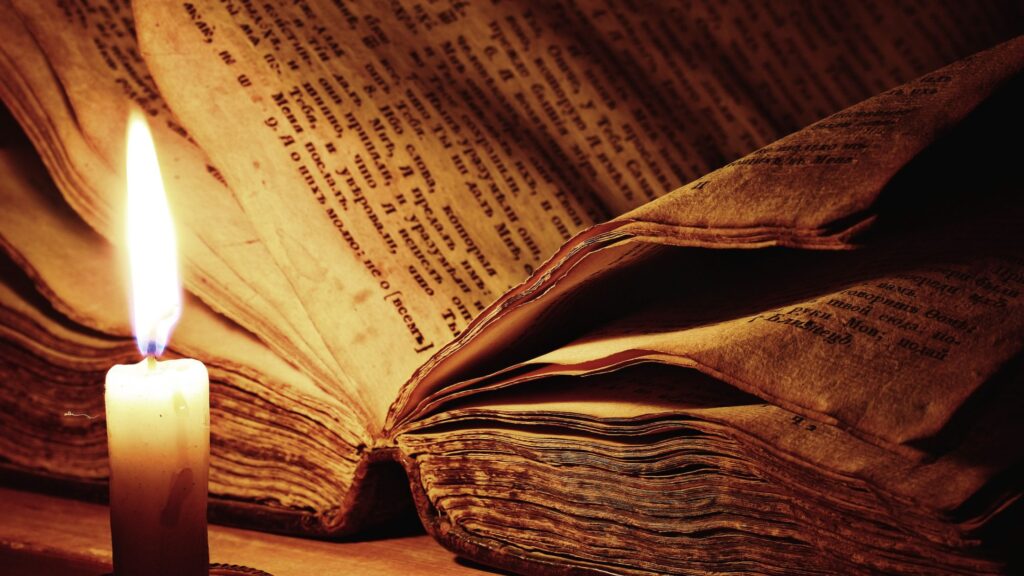
Origins and Evolution of Bookbinding Techniques
The story of antique books begins centuries ago with the evolution of bookbinding techniques. From the earliest scrolls and manuscripts painstakingly crafted by hand, to the invention of the codex, a precursor to the modern book, the methods of preserving and presenting written works have undergone remarkable transformations. Ancient civilizations such as the Egyptians, Greeks, and Romans employed various materials including papyrus, parchment, and leather for their bindings, each contributing to the unique aesthetic and durability of their creations.
As time progressed, so too did the art of bookbinding, with innovations such as the introduction of wooden boards and sewing techniques enabling the production of more durable and aesthetically pleasing volumes. The Middle Ages witnessed the rise of ornate illuminated manuscripts, adorned with intricate illustrations and decorative motifs, showcasing the skill and craftsmanship of medieval scribes and artisans.
Notable Milestones in the History of Printing
The invention of the printing press by Johannes Gutenberg in the 15th century revolutionized the world of book production, making books more accessible to a wider audience and sparking a literary renaissance. The Gutenberg Bible, printed in the 1450s, stands as a testament to this pivotal moment in history, marking the beginning of the mass production of books and the spread of knowledge across Europe and beyond.
Subsequent centuries saw further advancements in printing technology, from the refinement of movable type to the introduction of steam-powered presses during the Industrial Revolution. These innovations not only accelerated the pace of book production but also facilitated the dissemination of ideas and information on an unprecedented scale, shaping the course of human history in profound ways.
Famous Antique Book Collectors and Their Contributions
Throughout history, there have been passionate collectors who have dedicated their lives to the pursuit of rare and valuable books. From bibliophiles like Thomas Jefferson and J.P. Morgan to literary luminaries such as Charles Dickens and Oscar Wilde, these avid collectors have left an indelible mark on the world of antique books through their acquisitions, donations, and scholarly contributions.
For example, the renowned British bibliophile Sir Thomas Phillipps amassed a vast collection of over 100,000 manuscripts and books during his lifetime, earning him the title of “the greatest book collector in the world.” His meticulous cataloging and preservation efforts have ensured that many rare and important works have been preserved for future generations to enjoy and study.
In the next sections, we’ll explore the value of antique books, where to find them, and how to preserve and care for these cherished treasures. So, stay tuned as we continue our journey through the captivating world of antique books!
Exploring the Value of Antique Books

Factors That Determine the Value of Antique Books
The value of antique books is influenced by a variety of factors, each contributing to the uniqueness and desirability of a particular volume. One crucial factor is rarity – books that are scarce or limited in number are often more valuable due to their exclusivity and historical significance. Additionally, the condition of the book plays a significant role, with well-preserved volumes commanding higher prices than those showing signs of wear and tear.
Another important consideration is the author and subject matter of the book. Works by renowned authors or on popular topics are typically in higher demand among collectors, driving up their value. Likewise, books with notable provenance, such as those owned by famous historical figures or associated with significant events, can fetch premium prices at auctions and rare book fairs.
Case Studies: Examples of Valuable Antique Books and Their Significance
To illustrate the diverse range of antique books and their value, let’s explore a few notable case studies:
Shakespeare’s First Folio: Published in 1623, the First Folio is the first collected edition of William Shakespeare’s plays, including many that had never been published before. Only around 230 copies are known to exist today, making it one of the most sought-after and valuable books in the world of antiquarian literature. In 2016, a copy of the First Folio sold at auction for over $5 million, highlighting its enduring appeal and cultural importance.
The Gutenberg Bible: As mentioned earlier, the Gutenberg Bible is one of the most famous and valuable books ever printed. Produced in the 1450s, it represents a landmark achievement in the history of printing and is considered a masterpiece of craftsmanship. Only around 50 copies are known to survive, with each commanding astronomical prices when they appear on the market.
Alice’s Adventures in Wonderland: While not as ancient as the previous examples, first editions of Lewis Carroll’s beloved children’s classic have become highly collectible in recent years. The whimsical tale of Alice’s journey through a fantastical world has captured the imaginations of readers for generations, leading to a thriving market for rare and beautifully illustrated editions of the book.
Tips for Assessing the Value of Antique Books
For aspiring collectors or those curious about the value of their own antique books, here are some tips to keep in mind:
Condition is Key: Look for books that are in good to excellent condition, with minimal wear, fading, or damage to the pages and bindings.
Do Your Research: Take the time to research the author, edition, and publishing history of a book to better understand its significance and potential value.
Seek Expert Advice: Consult with experienced antiquarian book dealers, appraisers, or librarians for guidance on assessing the value and authenticity of a book.
Consider the Market: Keep abreast of trends and market demand for certain authors, genres, or editions to make informed purchasing decisions.
By understanding the factors that contribute to the value of antique books and learning from real-life examples, collectors can better navigate the fascinating world of antiquarian literature and uncover hidden treasures waiting to be discovered. In the next sections, we’ll explore where to find antique books and how to preserve and care for them to ensure their lasting enjoyment and value.
Where to Find Antique Books
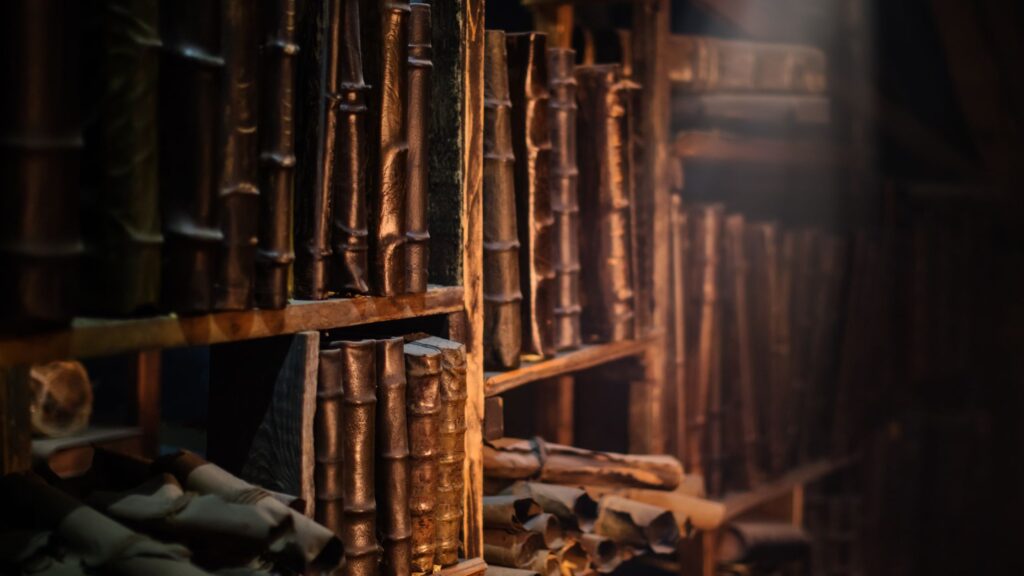
Antique Bookstores: Hidden Gems Waiting to Be Discovered
Step into the cozy ambiance of an antique bookstore, and you’ll find yourself surrounded by a treasure trove of literary delights. Antique bookstores are havens for book lovers and collectors alike, offering a curated selection of rare and vintage books waiting to be unearthed. From quaint independent shops tucked away on charming side streets to well-established dealers specializing in antiquarian literature, these establishments are filled with history, character, and, of course, antique books.
One such example is Baldwin’s Book Barn in West Chester, Pennsylvania. Housed in a historic stone barn dating back to 1822, this sprawling bookstore boasts five floors brimming with books spanning myriad genres and eras. Visitors can spend hours perusing the shelves, discovering hidden gems and lost treasures amidst the dusty volumes and weathered bindings. Whether you’re seeking a specific title or simply browsing for inspiration, antique bookstores offer a unique and immersive shopping experience that can’t be replicated online.
Online Marketplaces and Auctions: Accessing a Global Selection
In today’s digital age, the internet has revolutionized the way we buy and sell antique books, providing access to a vast global marketplace at the click of a button. Online platforms such as AbeBooks, Biblio, and eBay offer an extensive selection of antique books from sellers around the world, ranging from rare first editions to out-of-print classics and everything in between. Auction sites like Christie’s and Sotheby’s also regularly feature auctions dedicated to rare books and manuscripts, providing opportunities to bid on coveted literary treasures from the comfort of home.
One notable example is the sale of a first edition of J.K. Rowling’s “Harry Potter and the Philosopher’s Stone” at auction in 2021. The book, complete with its original dust jacket and author’s signature, fetched a staggering £71,000, underscoring the enduring popularity and value of modern first editions in the world of book collecting.
Estate Sales, Flea Markets, and Thrift Stores: Unearthing Treasures in Unexpected Places
For those with a penchant for adventure and a keen eye for hidden treasures, estate sales, flea markets, and thrift stores offer fertile hunting grounds for antique books. These unconventional venues may not always advertise their literary offerings, but diligent seekers can often uncover remarkable finds amidst the eclectic assortment of goods on offer.
One memorable discovery was made by a California man who stumbled upon a rare copy of the Declaration of Independence hidden behind a thrift store painting. The document, printed by John Dunlap in 1776, was one of only 200 copies known to exist and ultimately sold for over $2 million at auction. This remarkable find serves as a testament to the potential rewards of exploring unexpected sources in the search for antique books.
Whether you prefer the tactile experience of browsing shelves in a brick-and-mortar bookstore or the convenience of shopping online, there are countless avenues to explore in the quest for antique books. In the next sections, we’ll delve into the importance of preserving and caring for these cherished literary treasures, ensuring their longevity for future generations to enjoy.
Preserving and Caring for Antique Books
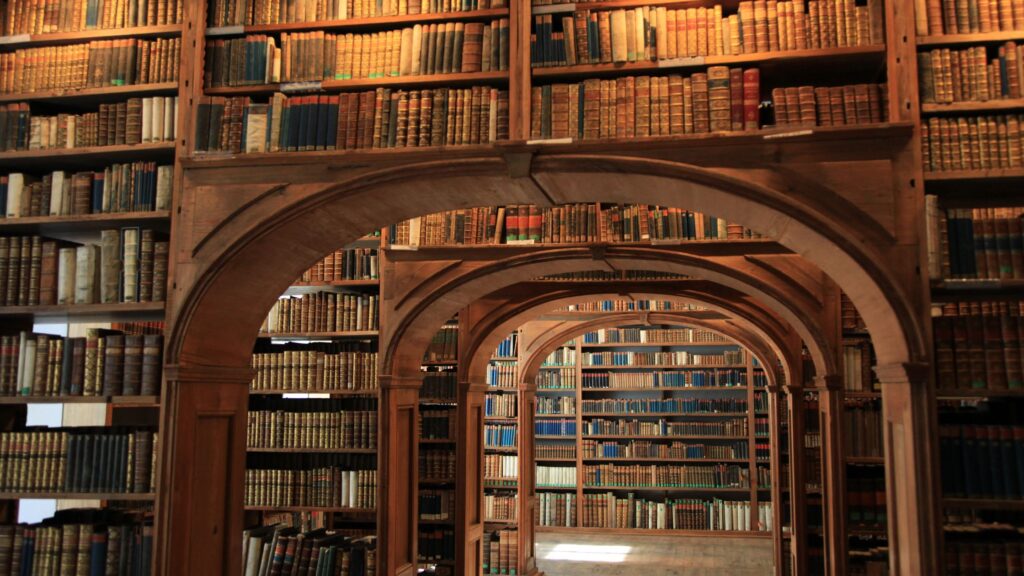
Best Practices for Handling and Storing Antique Books
Preserving the beauty and integrity of antique books requires careful handling and proper storage techniques. When handling antique books, it’s essential to wash your hands thoroughly to remove any oils or dirt that could transfer onto the pages. Use clean, dry hands or wear cotton gloves to minimize the risk of damage to delicate materials.
When storing antique books, it’s crucial to keep them away from direct sunlight, moisture, and extreme temperatures, as these can accelerate deterioration. Ideally, books should be stored upright on shelves made of archival-quality materials, with adequate space between them to prevent overcrowding and potential damage to bindings.
Common Preservation Challenges and Solutions
Despite our best efforts, antique books are susceptible to a variety of preservation challenges, including foxing (brown spots caused by mold or mildew), acid degradation, and insect damage. Fortunately, there are steps that can be taken to mitigate these risks and prolong the lifespan of valuable books.
For example, storing books in acid-free archival boxes or sleeves can help protect them from environmental pollutants and acid migration from adjacent materials. Additionally, regular inspection and cleaning can help detect and address early signs of deterioration before they escalate into more significant problems.
Advice from Experts: Conservation Tips for Maintaining the Integrity of Antique Books
To gain further insight into the art of book preservation, we turned to expert conservators for their top tips and advice. According to Dr. Emily Wiegand, a conservator specializing in rare books and manuscripts, maintaining stable environmental conditions is paramount to preserving the longevity of antique books.
“Controlling temperature and humidity levels is essential for preventing mold growth and slowing the degradation of paper and bindings,” says Dr. Wiegand. “Investing in a quality HVAC system and using monitoring devices such as hygrometers and thermometers can help ensure that your books are stored in optimal conditions.”
In addition to environmental control, Dr. Wiegand emphasizes the importance of proper handling techniques and gentle cleaning methods. “Avoid using harsh chemicals or abrasive materials when cleaning antique books,” she advises. “Instead, use soft brushes and archival-quality cleaning products to gently remove dust and debris from the surfaces.”
By following these expert recommendations and implementing best practices for handling, storing, and preserving antique books, collectors can safeguard their cherished literary treasures for generations to come. In the final section of our exploration, we’ll delve into the art of collecting antique books, offering strategies for both novice enthusiasts and seasoned aficionados alike.
The Art of Collecting Antique Books
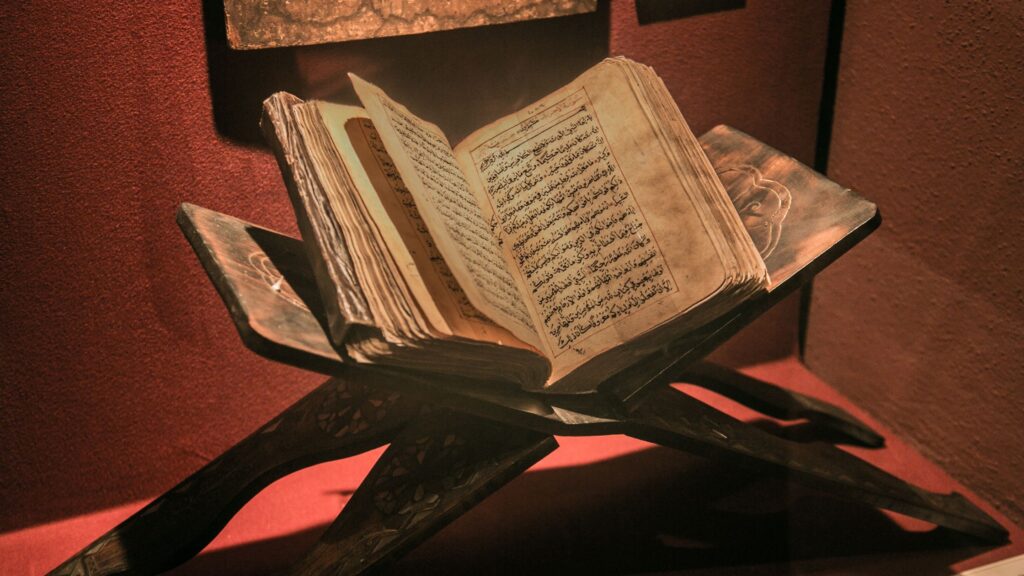
Building Your Collection: Strategies for Novices and Seasoned Collectors
Whether you’re just starting your journey as a collector or have been amassing antique books for years, building a meaningful and diverse collection requires careful planning and consideration. For novice collectors, it’s essential to start with a clear focus or theme for your collection, whether it be a specific author, genre, or time period. This focused approach can help guide your purchasing decisions and prevent you from becoming overwhelmed by the vast array of options available.
For seasoned collectors, diversifying your collection by exploring new genres or expanding into related areas can breathe fresh life into your acquisitions. Consider attending rare book fairs, exhibitions, or auctions to discover hidden gems and connect with fellow enthusiasts who share your passion for antique books.
Navigating the Market: Recognizing Trends and Opportunities
In the ever-evolving world of antique book collecting, staying informed about market trends and opportunities is essential for making informed purchasing decisions. Keep an eye on auction results, price guides, and industry publications to gauge the current demand for certain authors, editions, or genres. Additionally, be open to exploring niche markets or overlooked treasures that may offer unique investment potential.
One example of a niche market that has gained traction in recent years is the collection of vintage pulp fiction paperbacks. Once dismissed as lowbrow literature, these colorful and often luridly illustrated books have experienced a resurgence in popularity among collectors seeking to recapture the nostalgia of bygone eras.
Connecting with Fellow Collectors: Building a Community Around Your Passion
One of the most rewarding aspects of antique book collecting is the opportunity to connect with like-minded individuals who share your enthusiasm and appreciation for literary history. Whether through local book clubs, online forums, or social media groups, building a community of fellow collectors can provide valuable insights, support, and camaraderie on your collecting journey.
For example, the Rare Books and Manuscripts Section (RBMS) of the American Library Association (ALA) offers a wealth of resources and networking opportunities for collectors, librarians, and scholars interested in rare books and special collections. By participating in events, conferences, and discussion groups, collectors can forge meaningful connections and exchange ideas with others who share their passion for antique books.
In conclusion, the art of collecting antique books is a deeply personal and enriching pursuit that offers endless opportunities for discovery, learning, and connection. Whether you’re just beginning your collection or are a seasoned aficionado, embracing the adventure of exploration and discovery can lead to a lifetime of enjoyment and fulfillment in the world of antique book collecting.
Conclusion
Throughout this journey, we’ve delved into the rich history, value, and art of collecting antique books. From the ancient origins of bookbinding to the modern-day treasure hunts, the allure of antique books transcends time, captivating collectors and enthusiasts with its enduring charm.
As we conclude our exploration, I invite you to embark on your own journey of discovery into the captivating world of antique books. Whether you’re a seasoned collector or a novice enthusiast, there’s always something new to learn and explore. So, dust off those shelves, visit your local bookstore, or browse online auctions – who knows what treasures you’ll uncover along the way?
In closing, I hope this article has inspired you to delve deeper into the fascinating realm of antique books. For further reading and exploration, I encourage you to visit our website for more articles and resources on antique collecting, including our recent feature on the timeless beauty of antique mirrors. Join us as we continue to celebrate the art, history, and magic of antiquarian treasures, and together, let’s keep the spirit of discovery alive.
[Explore the timeless beauty of antique mirrors here: Antique Mirrors]
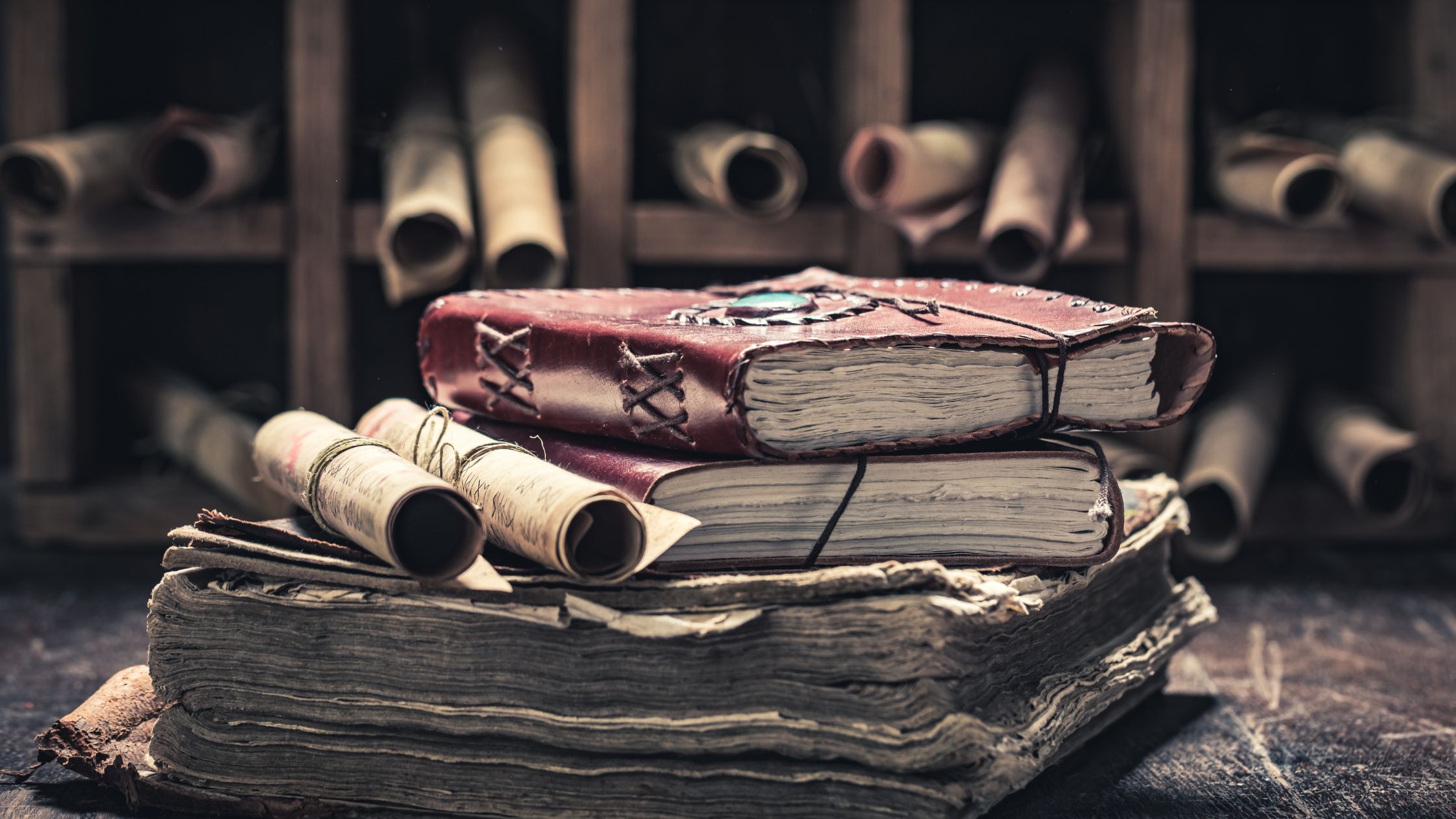
Leave a Reply